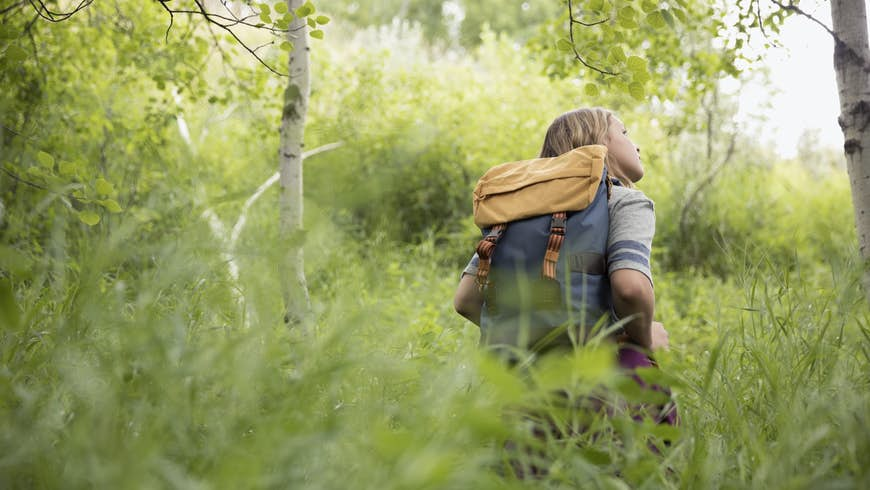Most of the time, travel is about adventure, excitement and new experiences. But sometimes all you really want is a bit of peace and quiet.
You might’ve heard about dark sky parks: remote locations with little if any light pollution, ideal destinations for stargazers. But what about the auditory equivalent? The answer isn’t so simple. Finding a place free of man-made noise is a challenge, even in places that seem like the middle of nowhere.

The adverse effects of noise pollution on wildlife
A 2017 study by researchers at Colorado State University shows noise pollution – caused by things like nearby roads, air traffic, logging, mining and urban settlements – is pervasive across the United States, including in designated wilderness and protected areas. And if this is bad for us, it’s even worse for wildlife, who rely on the sounds of their environment for survival.
But there may be hope. A movement started by Gordon Hempton, author of the book “One Square Inch of Silence,” and his organization Quiet Parks International (QPI), seeks to preserve those few places left where it’s possible to experience relatively pure silence – just the sounds of nature. The hope is that travelers will seek them out, just as they seek out dark sky parks, to take a short break from the constant human presence.
These are the best places in the world to go to find your own solace.
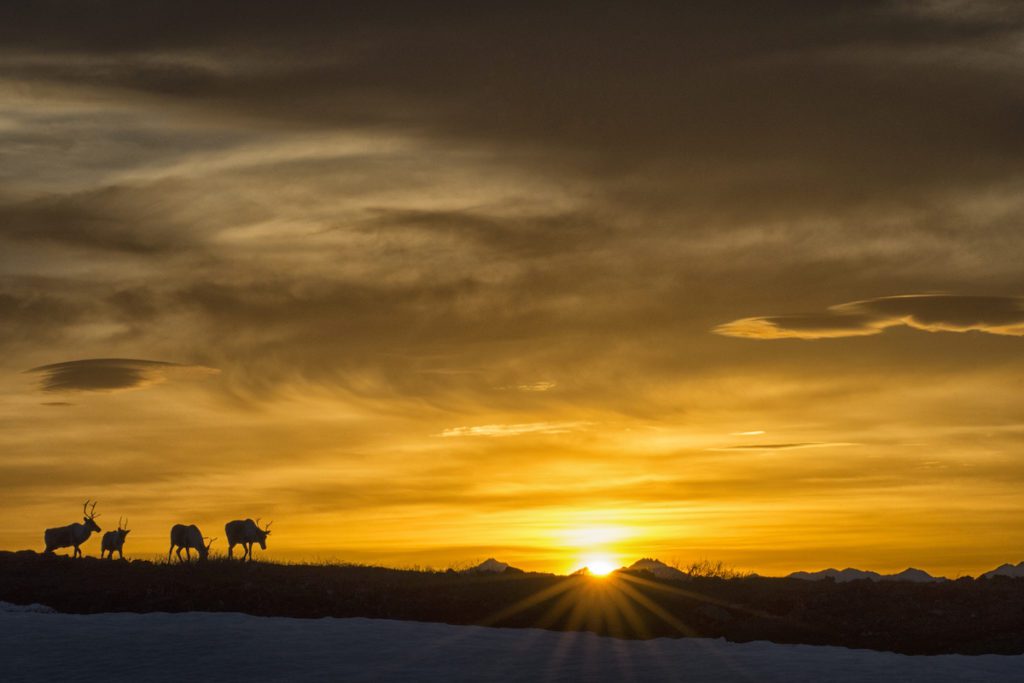
The serenity of a Wilderness Quiet Park: only the sounds of nature
Most quiet parks are well off the beaten path – and even so, many are still threatened by intrusive noise pollution. For instance, the remote, mysterious, moss-laden Hoh Rain Forest on Washington state’s Olympic Peninsula, where Hempton initially set up his “One Square Inch” experiment, remained relatively free of noise pollution for years – until US Navy training flights recently started rumbling over a corner of the park. That change, and his inability to stop it, is what led Hempton to launch Quiet Parks International, hoping a global effort would have a greater impact.
Get more travel inspiration, tips and exclusive offers sent straight to your inbox with our weekly newsletter.
How many Wilderness Quiet Parks are there?
The first (and so far only) official “wilderness quiet park” certified by QPI is along the Zabalo River in Ecuador. The area demonstrates “a healthy balance of bioacoustic activity with … noise-free intervals lasting several hours,” according to the organization’s website. (Even that description tells you how hard it is to find a place completely undisturbed by the sounds of human activity). QPI hopes quiet-park status will eventually be enough of a tourism draw to benefit the local Indigenous Cofán tribe, which owns the land.
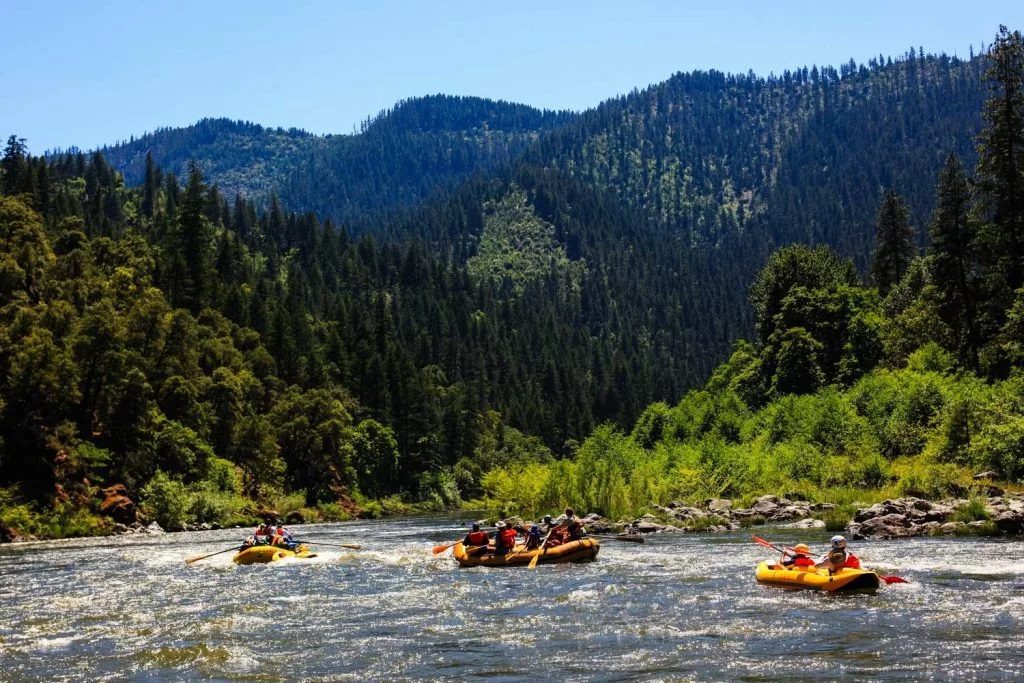
Future, potential Wilderness Quiet Parks
QPI has also identified several other potential wilderness quiet parks around the world. Most of them are in designated natural areas with minimal artificial light sources (there’s a lot of overlap with dark sky parks). They tend to be located far from established flight patterns and other major sources of traffic noise, in places where land use is unlikely to create frequent noise (eliminating most agricultural and mining areas, for example).
In the United States, these potential new quiet parks include Idaho’s otherworldly Craters of the Moon, Utah’s Canyonlands National Park and Hovenweep National Monument and the Great Smoky Mountains National Park.
In Europe, potential quiet parks are found in places from Snowdonia National Park and the Brecon Beacons in Wales to Pirin National Park in Bulgaria and everywhere in between.
There are dozens of other potential sites around the world, including the Skeleton Coast of Namibia, Garajonay National Park in the Canary Islands, Manu National Park in Peru and the aptly named Silent Valley National Park in Kerala, India. All of these could potentially become designated quiet parks if QPI’s site visits show that they meet the right criteria. The project is still in its early stages, so part of the certification process will be to establish just how quiet is quiet enough.
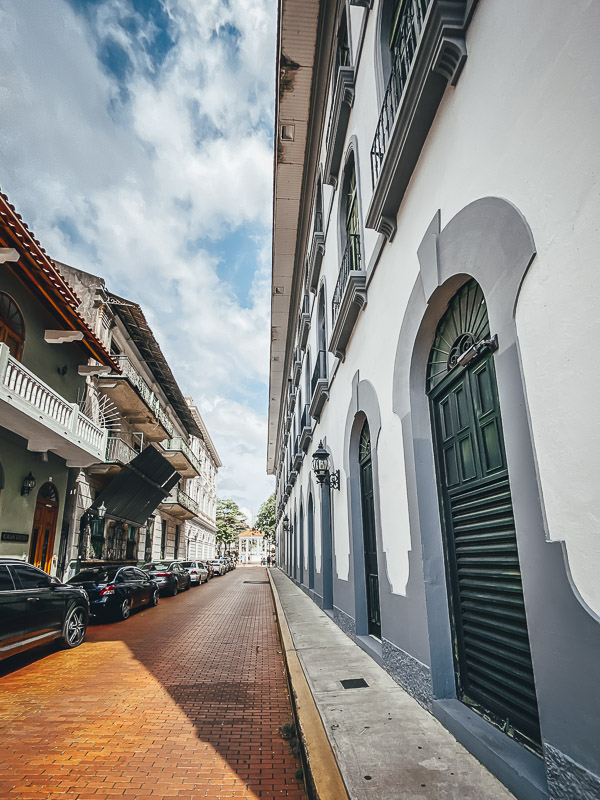
Urban Quiet Parks: an oasis in the middle of a city
Your best chance of escaping man-made noise is to head out into the wilderness. But if all goes as planned, you won’t have to go that far to get a taste of natural silence. QPI has been working to establish and certify urban quiet parks, places near or within major cities that have been set aside as quiet, noise pollution-free spaces.
As of 2022, there are 4 urban quiet parks in the world: Yangmingshan National Park, Taiwan; Hampstead Heath, London, United Kingdom; Parque del Montnegre y el Corredor, Barcelona, Spain and Dender-Mark Quiet Area, Flanders, Belgium.
A pilot program in Stockholm, Sweden, has identified 65 “calm places” within the city and its surroundings, as well as 11 walking paths signposted with the “quiet trails” icon; the routes are described in brochures visitors can find in tourist offices or online. All the walks are easily reachable by metro, bus, bicycle or on foot from the city center. Similar experiments are taking place in Taiwan, New York City and Portland, Oregon.
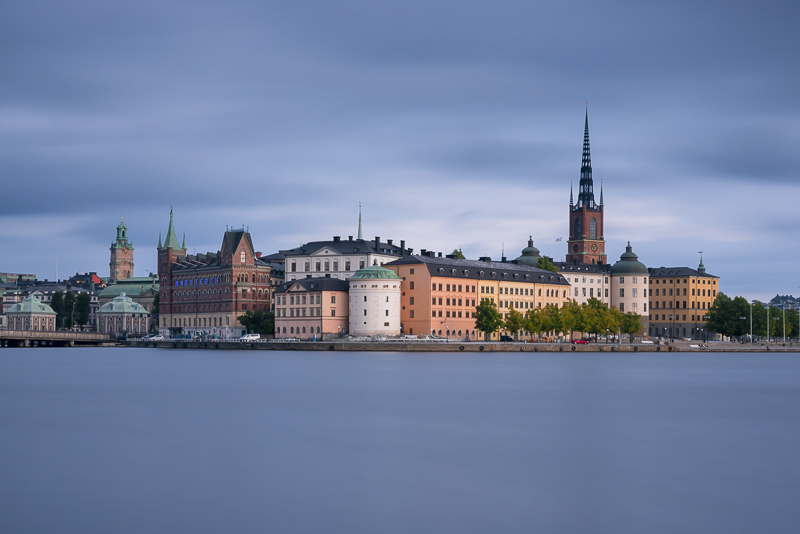
There are also efforts to create quiet communities, quiet marine trails and hiking trails and even quiet hotels. All of which indicates that gradually, just maybe, we’re beginning to recognize the value of a little peace and quiet in a busy world.
Source: lonelyplanet website
You might also like:
- South Korea travel tips: The best travel tips you should know about Seoul in 2022
- When is the best time to go to The Bahamas
- Swap the big city for scenic views on these 5 top day trips from Tokyo in 2022
- Travel tip : A packing list for the ultimate camping experience
- Cheap thrills in the Big Apple: New York City’s best free experiences in 2022
- Alternative Break Experience Of American Hiking 2022
- Getting around Colombia is an experience in itself
- Solo travel experience in Ly Son Island Vietnam 2020
- Discover interesting cultures of Portugal – Experience Portugal Travel 2020
- Travel and experience by travel your way

